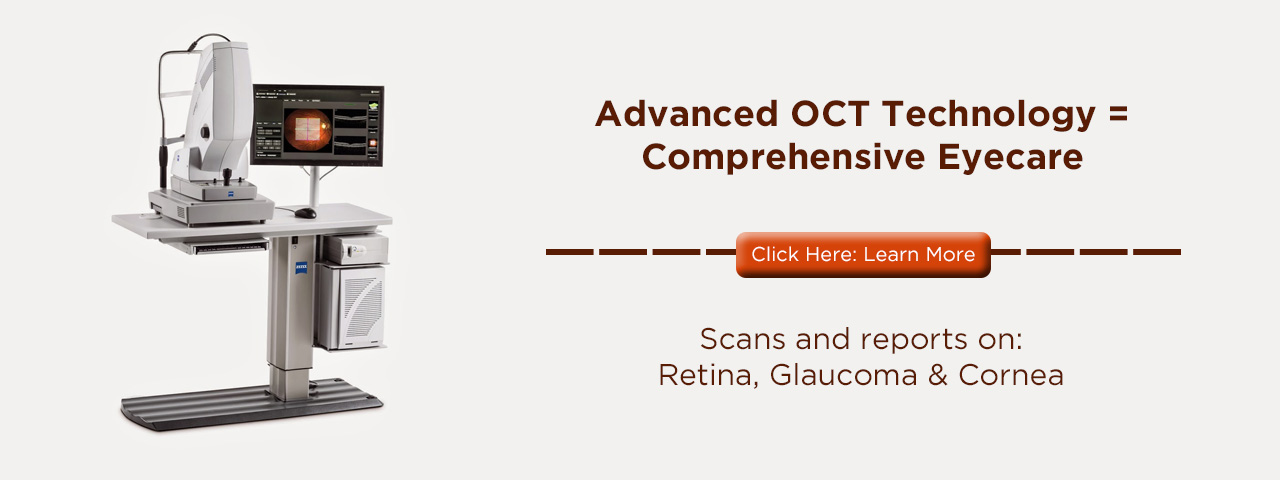
Sometimes you go to bed and turn off the light, but you just can't seem to doze off. You open your eyes and you can't see anything. Your eyes normally require a few minutes to adjust to the dark and then you can see again. This process, ''dark adaptation,'' causes people to adjust to the dark.
Many people don't know that night vision relies on the cooperation of physical, neural and biochemical mechanisms. So how does it actually happen? Let's start by exploring the eye and its anatomy. The human eye contains photoreceptors that can be classified as two kinds of cells: cones and rods, which are found at the back of the eye; or, to be precise, on the retina. Together they make up the sensory layer. This is the part that gives your eye the ability to pick up colors and light. The rod and cone cells are distributed evenly throughout your retina, save for the small area known as the fovea, where there are only cone cells. That part is necessary for detailed sight, for example when reading. What's the functional difference between rods and cones? In short, cones enable us to perceive color and detail, and rod cells are sensitive to light.
This information is significant because, when you're trying to find something in the dark, like the edge of the last stair in a dark basement, instead of looking directly at it, try to look just beside it. If, on the other hand, you focus on the object itself, you'll use the fovea, which is made up of cone cells that are less responsive in low light conditions.
Your pupils also dilate when it's dark. It takes fewer than sixty seconds for the pupil to fully dilate but dark adaptation will continue to develop over approximately 30 minutes.
You'll experience dark adaptation when you go from a very bright place to a dim one for instance, walking inside after being out in the sun. While you need a few noticeable moments to get used to the darker conditions, you will immediately be able to re-adapt to exposure to bright light, but if you return to the darker setting, your eyes will need time to re-adjust again.
This explains one reason behind why a lot people don't like to drive at night. When you look right at the headlights of opposing traffic, you are momentarily unable to see, until that car passes and you readjust to the night light. A good way to avoid this is to avoid looking directly at headlights, and learn to use peripheral vision in those situations.
If you're beginning to find it harder to see at night or in the dark, call us to schedule an appointment with your eye doctor who will explore the reasons this might be happening, and rule out other reasons for worsened vision, such as cataracts and macular degeneration.

